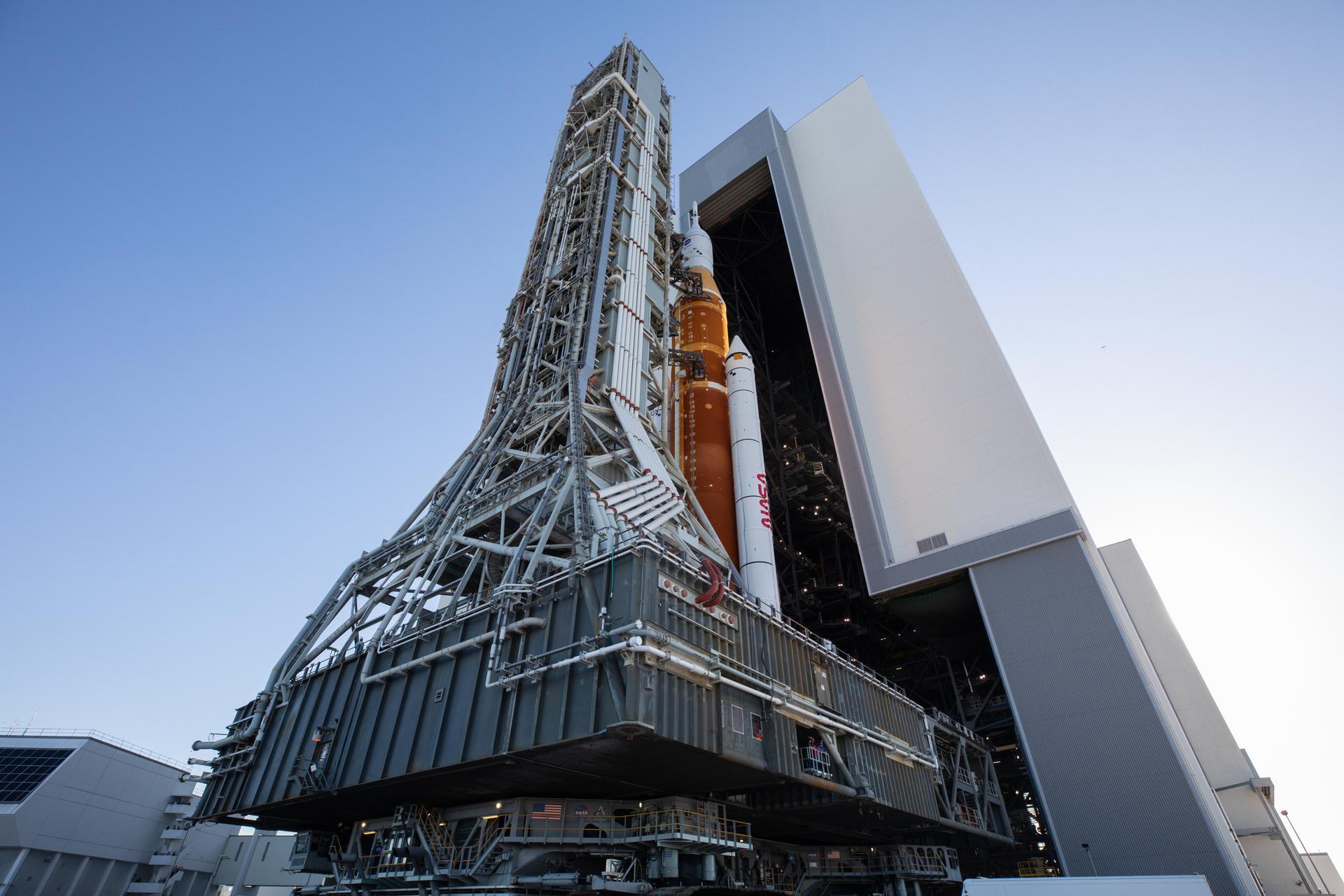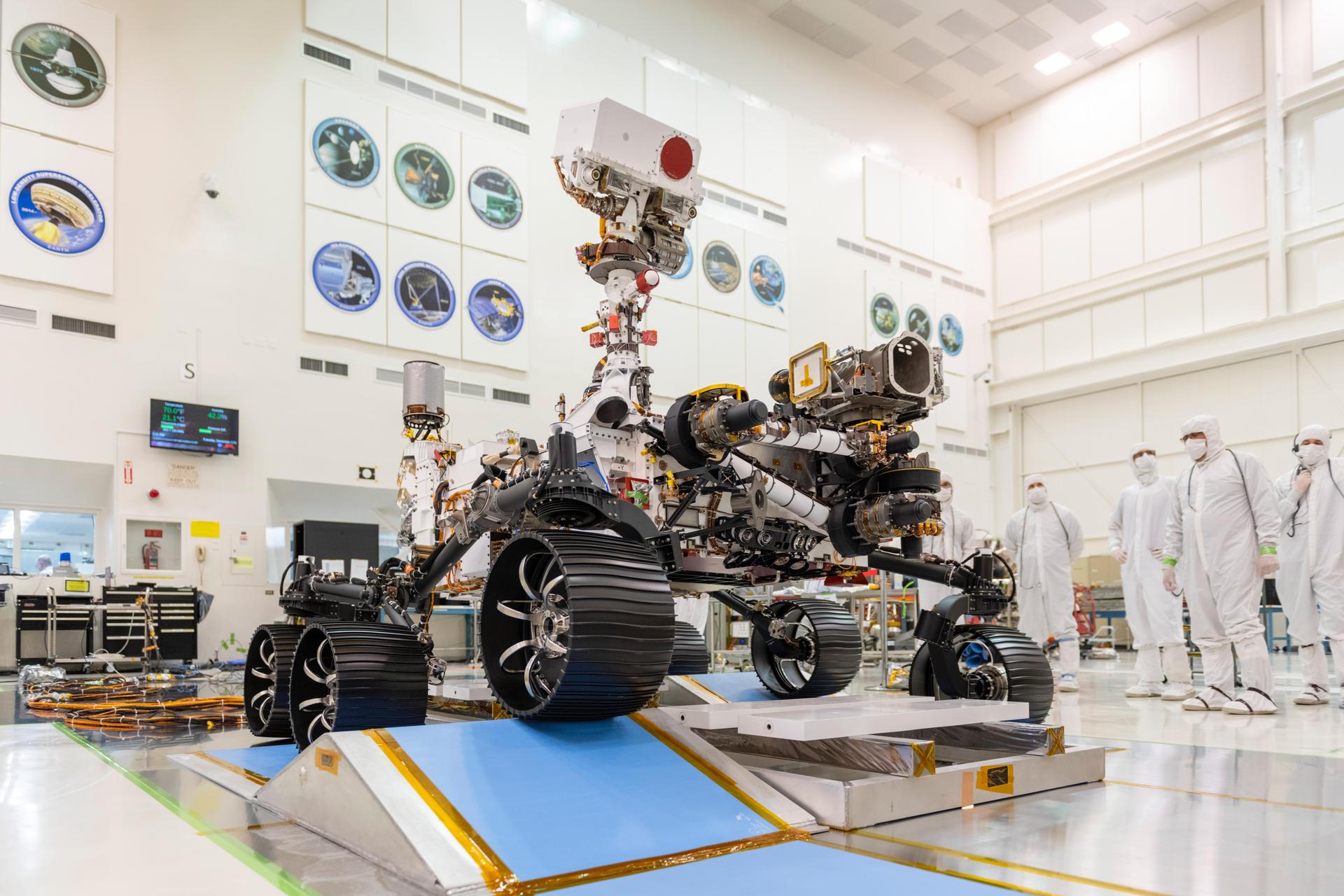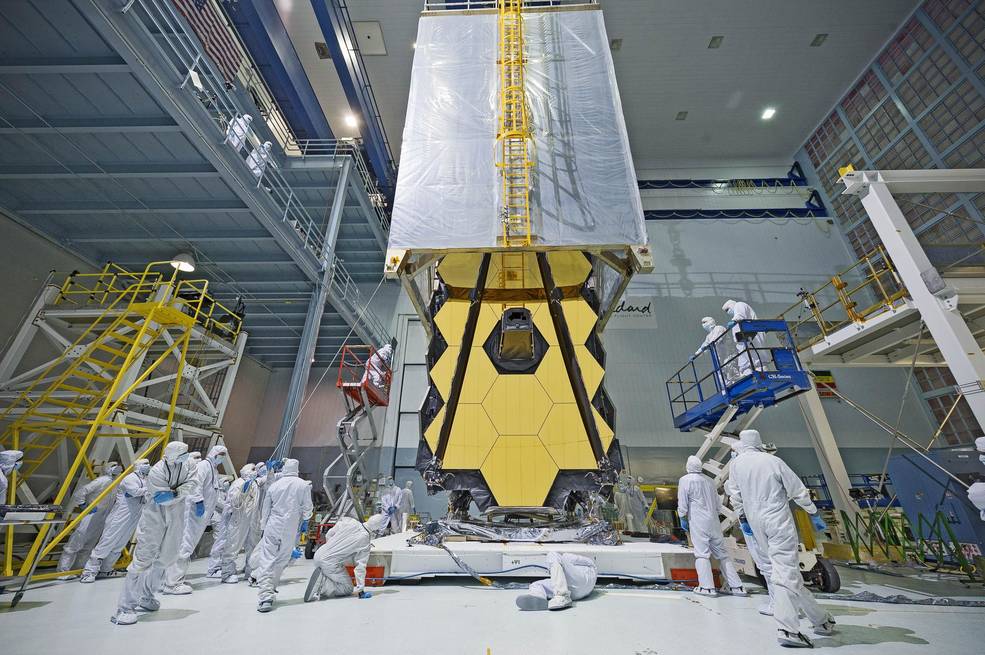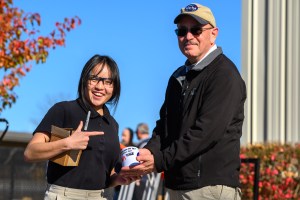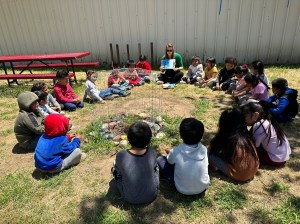Engineers are problem solvers. They combine the principles of science and math with a sense of creativity and innovation, improving society by putting STEM into action. From building rockets to analyzing nanoparticles, the capabilities of engineers are seemingly endless. The same is true of engineering opportunities at NASA.
National Engineers Week begins in February, and to celebrate, we’re exploring the four primary branches of engineering: chemical, electrical, mechanical, and civil. If you’re just being introduced to engineering, it may be hard to know where to begin, so let’s break it down!
Chemical Engineering
Chemical engineers rely on the fundamentals of mathematics, chemistry, biology, and physics to conduct research, create systems, and harness energy using chemical processes. In the realm of space exploration, chemical engineers can take on many different roles including researching and designing batteries for manned spaceflight and chemically creating the thrust to launch a rocket into space.
Dr. David Delafuente is the battery safety technical discipline lead at NASA’s Johnson Space Center in Houston, where he’s part of a team that designs and develops safe, high-energy-density batteries to support human spaceflight.
“It takes significant effort to design and test batteries to validate they meet NASA’s stringent requirements for crewed spaceflight,” said Delafuente. “We buy commercial [batteries] and engineer how they’re configured, electrically connected, and operated to optimize their usable energy and safety.”
Electrical Engineering
Electrical engineers specialize in technology; specifically, the design and testing of electronic resources like computers, motors, and navigation systems. The projects electrical engineers contribute to span from creating microchips to designing colossal generators to power cities. The sub-disciplines of electrical engineering include computer engineering, robotics engineering, and software engineering.
Alex Sowell currently works as a robotics engineer at Johnson Space Center serving on a variety of teams including the Active Response Gravity Offload System (ARGOS) and the Virtual Reality Lab’s Charlotte robot. Sowell first discovered his passion for engineering while competing in a robotics competition in high school.
“Electrical engineering in robotics is all about making the system ‘come to life,’” Sowell said. “Just like we need our heart to supply blood to the rest of our body, electrical engineers are in charge of supplying power to everything on the robot. Also, just like our brain sends signals to our muscles to make them move, electrical engineers make sure when a signal is sent to make the robot move, then the robot actually moves.”
Mechanical Engineering
Mechanical engineering is one of the broadest engineering disciplines. It involves the design, construction, operation, and testing of mechanical systems and machines. Aeronautical, aerospace, and hardware engineering are a few of the many sub-disciplines of mechanical engineering that take place at NASA.
Keith Foster works at NASA’s Wallops Flight Facility on Wallops Island, Virginia, as a payload hardware engineer for the Sounding Rocket Program, which conducts short-duration spaceflight missions to collect scientific data and tests technology for satellites and spacecrafts. These rockets typically only spend 5-20 minutes in space and are very cost effective. As a payload hardware engineer, Foster creates parts, systems, and assemblies using the principles of physics, materials, and manufacturing.
Foster has worked on payloads to test inflatable reentry coverings that help protect items returning to Earth from space, as well as a payload testing the reentry parachute design used to land the Perseverance rover on Mars.
Aerospace and aeronautical engineering is another branch of mechanical engineering seen at NASA.
Dr. Aprille Joy Ericsson works at NASA’s Goddard Space Flight Center in Greenbelt, Maryland, and has used her mechanical engineering and aerospace engineering background throughout her career. She now works as the new business lead for instrument systems and technology.
Ericsson has supported a variety of projects including astrophysics, planetary and Earth science, and recently, the James Webb Space Telescope. Currently, she provides technical leadership for NASA’s small business acquisition of sensors and detectors.
“Mechanical engineering touches so many aspects of building devices,” Ericsson said. “I liked being able to simulate the control methods I develop and eventually able to see how well they perform during spaceflight missions. I also like troubleshooting for problems in the code or algorithm.”
Civil Engineering
Civil engineers focus on the design, construction, and maintenance of human-made structures. Civil engineers at NASA may work as structural engineer for the International Space Station, and help to protect and upgrade the solar arrays that power the station. They may also work with the massive crawler-transporters that carry rockets out to the launch pad prior to liftoff, or in on-site construction and energy conservation management at NASA centers.
Maureen De Vera Dalton joined NASA in 2013 as a civil engineer intern through NASA’s Pathways Program before transitioning to a full-time job. She now works as the senior project manager for Construction of Facilities at NASA’s Kennedy Space Center in Florida, where she has managed facility demolitions, and the refurbishment of Kennedy’s water and wastewater systems. De Vera Dalton also designed and managed a shoreline restoration project following Hurricanes Irma and Matthew.
“A civil engineer’s expertise at NASA’s Kennedy Space Center is important because of the various facilities and structures that support the spaceport daily operations and launch activities,” Dalton said.
Engineering is an extremely rewarding pathway with unlimited opportunities. It is an ever-changing field of innovation and discovery. Interested in becoming an engineer? Visit stem.nasa.gov to discover resources and opportunities to begin your STEM career journey today!
By Megan Hale
Spanish Version: ¿Qué tipo de ingeniería es la adecuada para ti?




























